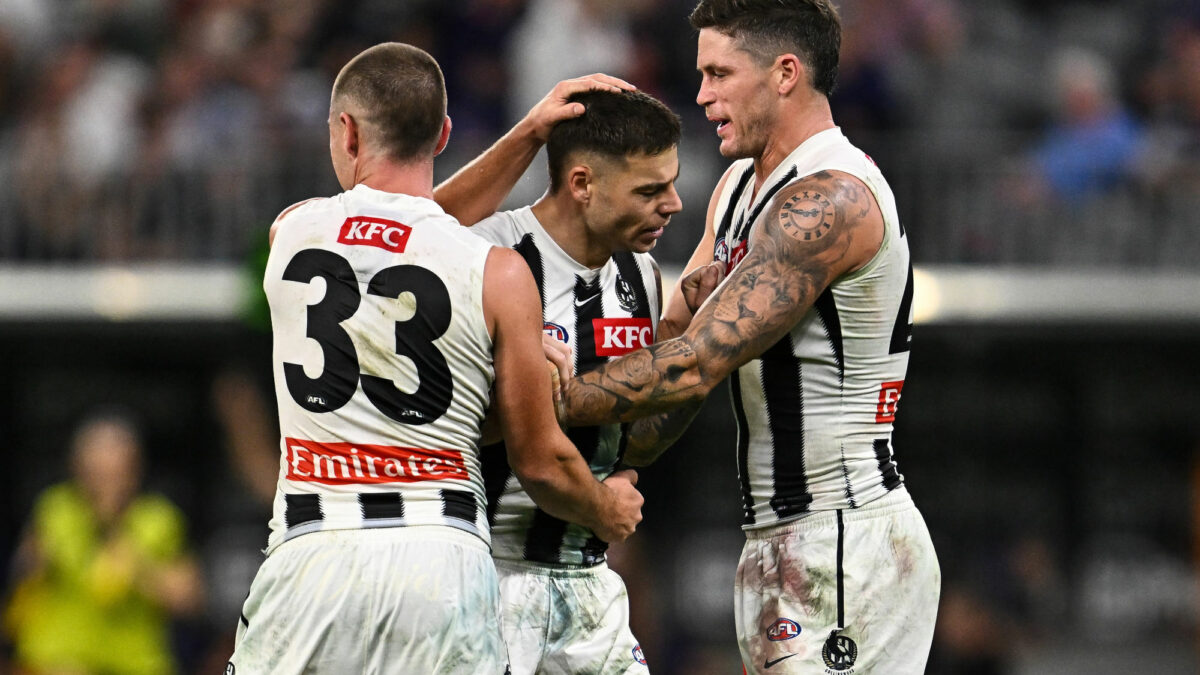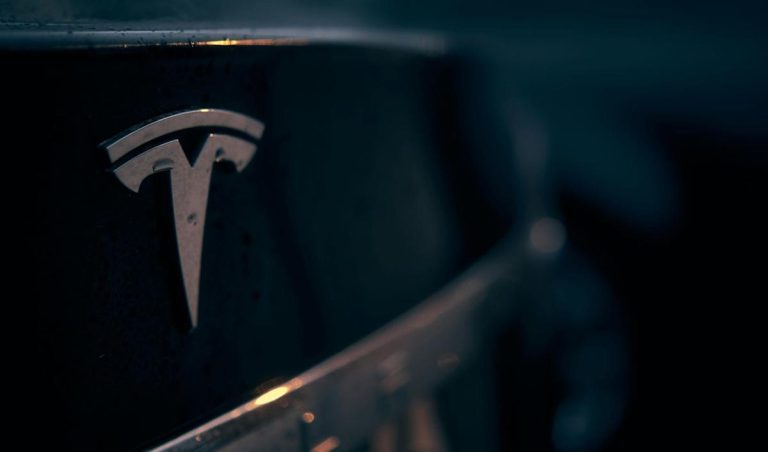In Canberra they’ve called it the killing season over the last 15 years – when winter hits the capital and gloom overrides rational thought to see Prime Minsters decapitated.
The AFL has its own version.
When the blankets of pre-season optimism and Gather Round bonhomie are ripped away by a Melbourne winter, the festering sores of clubs and coaches are left exposed.
And so it’s been this week as we head to the bye rounds.
Self-inflicted bungles from head office seem to have emboldened all and sundry to take a swipe at whatever might be upsetting them in the game while the breeze flies against city hall.
While these causes may come with pure intentions, they also come with self-interest.
And much less interest in financial realities.
First it was the coaches meeting with Andrew Dillon and the ongoing campaign to loosen the ties of football department soft caps.
The coaching brethren must be congratulated first for putting forward the most unified and compelling case they have ever as a collective. Coaches past and present have articulated the argument with much more discipline than an unnamed political party in the recent Federal Election.
Yet for all the good points about what cannot be done by coaches, questions remain. Will extra money be spent on player welfare, or trying to find a game day edge? Does more coaching make the game any better for the fan? Will loosening the cap rock the once dreamed of level of parity that the AFL has achieved over the last decade (eight different premiers)?
And the most important, who gets its money ripped away to pay the coaches more?
By the weekend, multiple clubs had complained to Caroline Wilson in The Age about the new AFL television rights deal. A deal struck in 2022 that they’ve only just realised doesn’t involve Saturdays on free-to-air television. While we’ve already been through some of the myths and realties of this earlier in the season, the latest complaints make the significant claim that “the loss of the free-to-air Saturday night game has cost the AFL conservatively 400,000 viewers each week”.
When live Thursdays have effectively replaced live Saturdays from 2024, that figure seems a little far-fetched.
Jason Lassey, who runs footyindustry.com.au, and seems to watch AFL and NRL television figures as closely as the networks, has a different view.

Buku Khamis of the Bulldogs celebrates a goal with teammates. (Photo by Morgan Hancock/Getty Images)
“All told Seven’s national broadcasts when aggregated are short 1.664 million on 2024, but from three less matches which would make up most of this – this includes the first Thursday night game of the season, postponed due to Cyclone Alfred,” Lassey wrote.
His figures are illuminating and always worth a read.
In relation to free-to-air television, Thursday night figures are only marginally down but have absorbed the lower rating Saturday night games. Friday night games are down by 42,000 per week, yet Sunday games are up by 135,000 viewers a week.
Overall free-to-air figures are down by 19,000 per broadcast, but that’s without Foxtel and Kayo viewers, who may now prefer to listen to Anthony Hudson and Gerard Whateley than the Brian Taylor Experience.
The Saturday deal put money into the game, but hey, while the opportunity is open to kick the league, go with it.
Ross Lyon continued the theme with his ‘nepo babies’ crack about Gold Coast. It plays well for the St Kilda gallery yet trivialises one successful are of growth for the code.
Then go back to Thursday and the sight of a coach being openly hostile to a host broadcaster on-field. Whatever you think of Kane Cornes or Luke Beveridge, biting the hand that feeds you rarely comes without consequence.
Yet maybe consequences are just not understood by some in the game.
After near on 40 years of linear, and often exponential, broadcast rights growth there is a sense that the rivers of television gold will never end.
While we all hope that’s true, international trends are screaming the opposite.
Colin Smith, who has advised on most major broadcast rights deals over the last three decades, told The Roar late last year that “the next round of rights for the AFL and the NRL will be tough.”
“Across the board it’s going to get harder,” he continued.
That view is shared by footy’s own media magnate and CEO of SEN Craig Hutchison who has repeatedly warned that the TV networks would be unlikely to agree to the current deal again in today’s climate.
Add in an expected hit to sports broadcasting through changes to gambling advertising, and the shadow of what historical concussion may cost to the AFL, and the future does not look as bright as what its true believers seem to think.
What can’t be denied is that leadership at Docklands is playing a part in the angst, chicken or egg.
Would a stronger Commission give the football a dose of reality? Or are the rumblings just a function of the need for a shake-up?
Regardless, footy’s bubble seems to shield some within it to simple dollars and cents. And now isn’t the time for the game to eat itself while assuming the good days will last forever.





